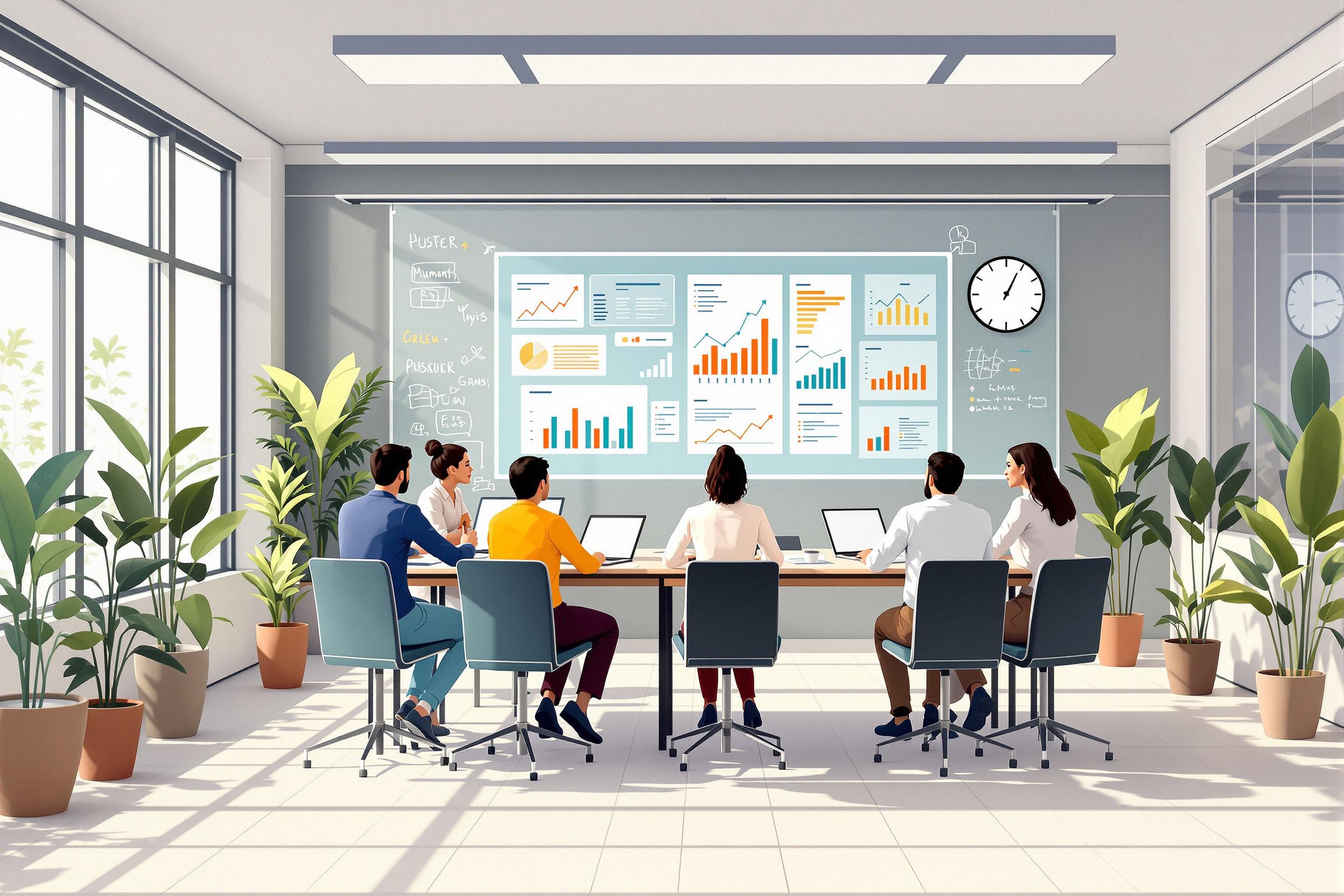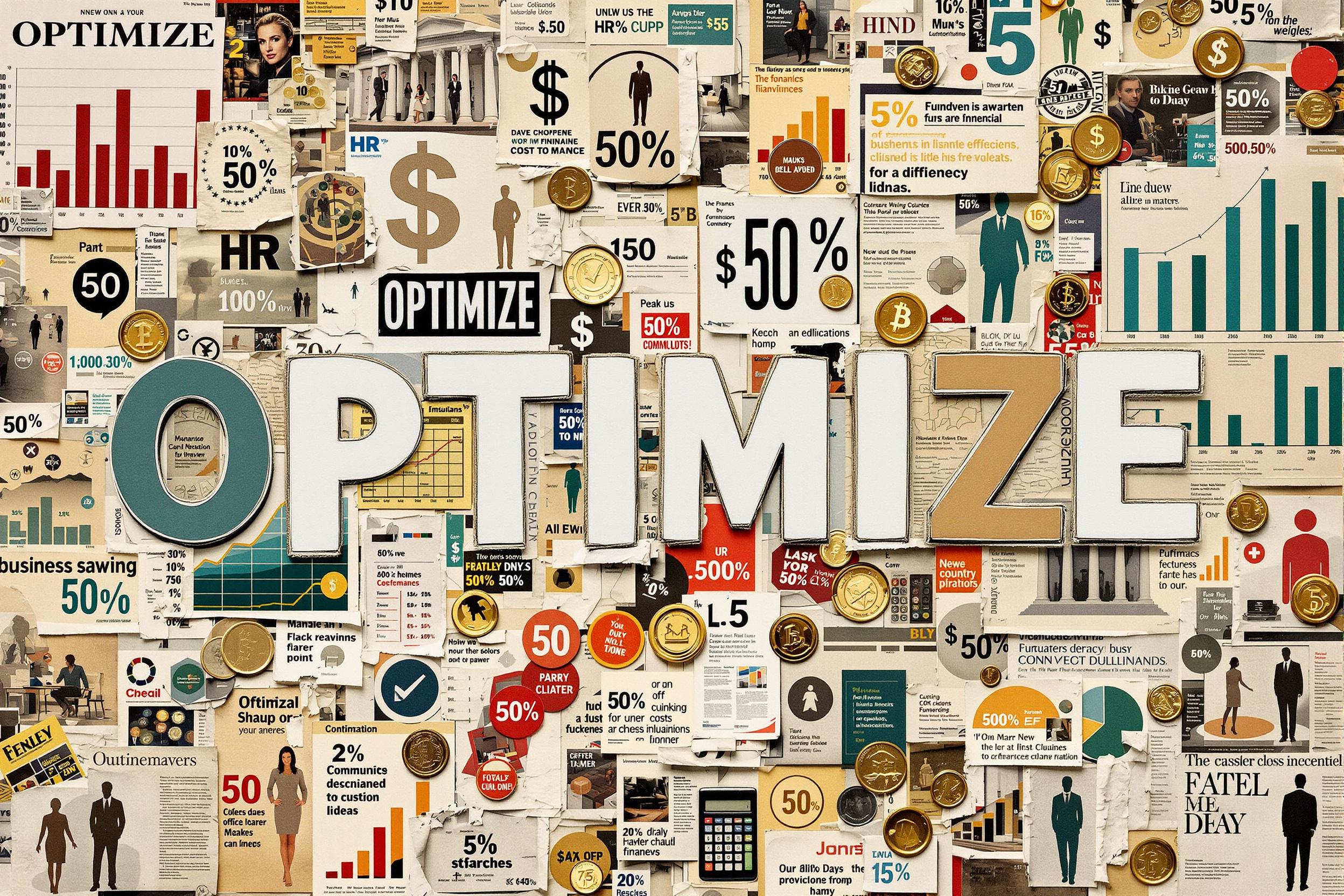
Environmental Control
Environmental Control refers to managing and adjusting conditions like temperature, humidity, light, and air quality in indoor farming spaces. It's like creating the perfect weather inside a building to help plants grow better. This is especially important in urban farming, where crops are often grown indoors or in greenhouses. Think of it as an advanced thermostat system, but for plants. Similar terms you might see include "climate control," "growing environment management," or "controlled environment agriculture (CEA)."
Examples in Resumes
Maintained optimal growing conditions through Environmental Control systems in a 10,000 sq ft indoor farm
Reduced energy costs by 30% through efficient Environmental Control management
Implemented automated Environmental Control solutions for multiple greenhouse operations
Typical job title: "Environmental Control Specialists"
Also try searching for:
Where to Find Environmental Control Specialists
Professional Organizations
Online Communities
Job Resources
Example Interview Questions
Senior Level Questions
Q: How would you design an environmental control system for a new large-scale indoor farm?
Expected Answer: Look for answers that show experience in planning comprehensive systems, including temperature, humidity, lighting, and air circulation. They should mention cost efficiency, scalability, and backup systems.
Q: How do you handle emergency situations like system failures?
Expected Answer: Should discuss backup plans, monitoring systems, emergency response procedures, and experience managing critical situations that could affect crop survival.
Mid Level Questions
Q: What factors do you consider when adjusting environmental controls for different crops?
Expected Answer: Should explain how different plants need different conditions, and demonstrate knowledge of adjusting temperature, humidity, and lighting based on crop requirements.
Q: How do you monitor and maintain system efficiency?
Expected Answer: Should discuss regular maintenance schedules, monitoring tools, energy usage tracking, and ways to optimize system performance.
Junior Level Questions
Q: What are the basic components of an environmental control system?
Expected Answer: Should be able to list main components like temperature controls, humidity management, lighting systems, and air circulation equipment.
Q: How do you read and interpret environmental monitoring data?
Expected Answer: Should demonstrate basic understanding of reading sensors, charts, and system alerts, and know normal ranges for basic growing conditions.
Experience Level Indicators
Junior (0-2 years)
- Basic system monitoring
- Reading environmental sensors
- Following maintenance schedules
- Basic troubleshooting
Mid (2-5 years)
- System optimization
- Crop-specific environmental adjustments
- Energy efficiency management
- Preventive maintenance
Senior (5+ years)
- System design and planning
- Emergency response management
- Team supervision
- Budget management
Red Flags to Watch For
- No knowledge of basic growing conditions for plants
- Lack of experience with monitoring equipment
- Poor understanding of safety procedures
- No experience with automated control systems
Related Terms
Need more hiring wisdom? Check these out...

Global Compliance Checks: The Hidden Puzzle Pieces of Background Screening Revealed

Navigating Compliance: Structuring On-the-Job Training in Regulated Industries

Human Capital Operational Excellence: Unlocking Your Organization's Potential

